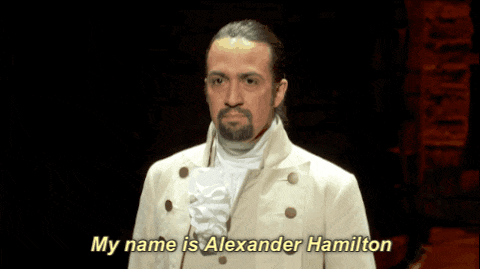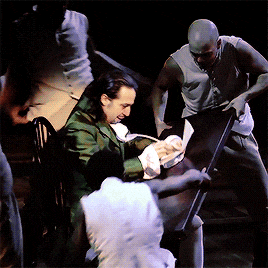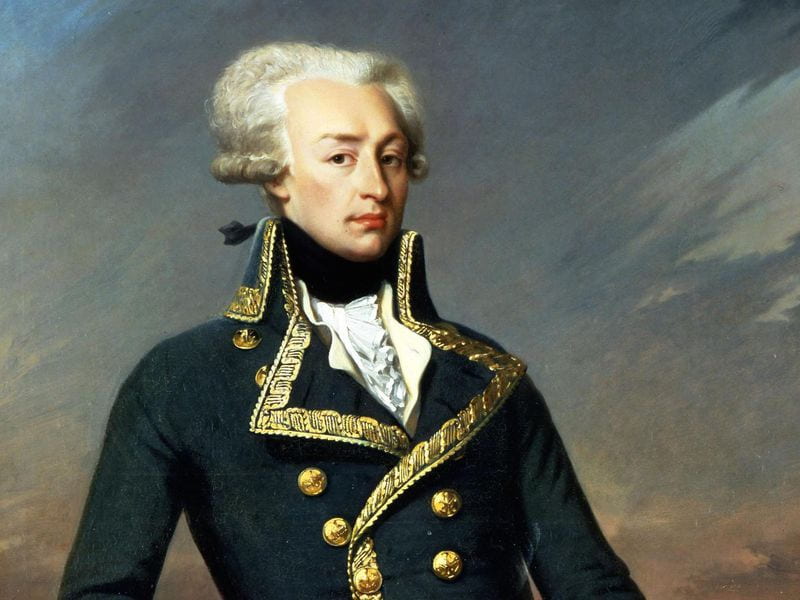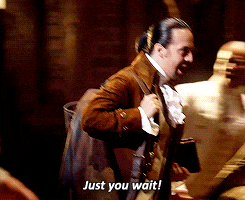By: Adair Garrett
 I chose the letters of correspondence between Eliza and Alexander Hamilton. These letters were published on “Founders Online”, which is an official website of the United States government administered by the National Archives and Records Administration. I chose these documents because I was very interested in the love story between Hamilton and Eliza, especially since their relationship lasted through many trials and tribulations. I also believed that choosing these documents would allow me to understand Hamilton’s true ideas about many of the choices he made as a politician since he would probably be more honest in his correspondence with his wife. These documents are important because they include Alexander Hamilton’s honest feelings about what was occurring in his life. What I found throughout the letters was that he travelled frequently for work but seemed to always want to return home, which, for Hamilton, was with Eliza. Hamilton writes extremely sweetly to his wife, and reading them were truly heartwarming at times.
I chose the letters of correspondence between Eliza and Alexander Hamilton. These letters were published on “Founders Online”, which is an official website of the United States government administered by the National Archives and Records Administration. I chose these documents because I was very interested in the love story between Hamilton and Eliza, especially since their relationship lasted through many trials and tribulations. I also believed that choosing these documents would allow me to understand Hamilton’s true ideas about many of the choices he made as a politician since he would probably be more honest in his correspondence with his wife. These documents are important because they include Alexander Hamilton’s honest feelings about what was occurring in his life. What I found throughout the letters was that he travelled frequently for work but seemed to always want to return home, which, for Hamilton, was with Eliza. Hamilton writes extremely sweetly to his wife, and reading them were truly heartwarming at times.
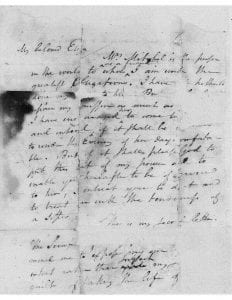
I read through almost all of the documents available from this website to get a sense of what I wanted to use as my historical annotation piece, but I decided on the two I published for very specific reasons. First of all, they are taken from the same date 23 years apart. Second of all, the first one took place within the week that Hamilton became George Washington’s second hand man. Finally, the last letter was written the day before his fatal duel with Aaron Burr. These letters have helped me understand large, life-changing decisions that Hamilton made, giving me the brief summaries of his life that have a different perspective than the one that Miranda gives in his musical.

These letters have allowed me to challenge my ability to research and deeply understand American history in a way I’ve never had to before. While I have enjoyed this research and newfound understanding of the founding fathers, I have struggled with finding sources for my document. The requirement to find at least 20 sources, including five peer-reviewed, academic sources, has been difficult to fulfill. Since I’ve struggled with this, it would be really amazing if we could work as a class to compile a long and diverse list of peer-reviewed sources that we could turn to if we can’t find enough on our own. In doing my research, I have already run into many sources that would prove more useful to other people’s research than to my own, and I believe that working collaboratively to share these resources could allow our historical annotations to be richer and more well-rounded.




